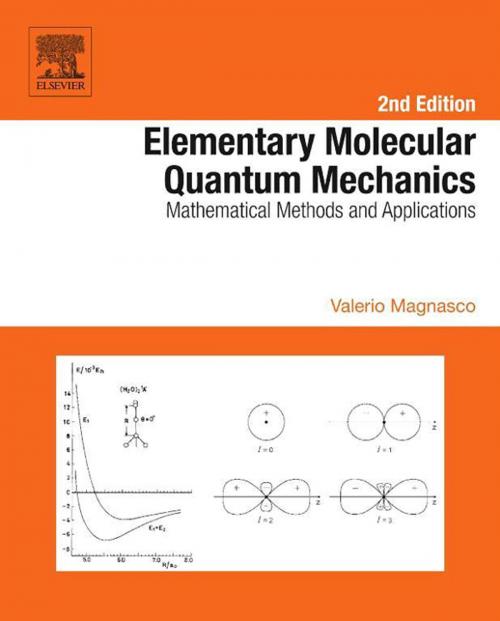Elementary Molecular Quantum Mechanics
Mathematical Methods and Applications
Nonfiction, Science & Nature, Science, Chemistry, General Chemistry, Physics, Quantum Theory| Author: | Valerio Magnasco | ISBN: | 9780444626660 |
| Publisher: | Elsevier Science | Publication: | August 7, 2013 |
| Imprint: | Elsevier Science | Language: | English |
| Author: | Valerio Magnasco |
| ISBN: | 9780444626660 |
| Publisher: | Elsevier Science |
| Publication: | August 7, 2013 |
| Imprint: | Elsevier Science |
| Language: | English |
The second edition of Elementary Molecular Quantum Mechanics shows the methods of molecular quantum mechanics for graduate University students of Chemistry and Physics. This readable book teaches in detail the mathematical methods needed to do working applications in molecular quantum mechanics, as a preliminary step before using commercial programmes doing quantum chemistry calculations. This book aims to bridge the gap between the classic Coulson’s Valence, where application of wave mechanical principles to valence theory is presented in a fully non-mathematical way, and McWeeny’s Methods of Molecular Quantum Mechanics, where recent advances in the application of quantum mechanical methods to molecular problems are presented at a research level in a full mathematical way. Many examples and mathematical points are given as problems at the end of each chapter, with a hint for their solution. Solutions are then worked out in detail in the last section of each Chapter.
- Uses clear and simplified examples to demonstrate the methods of molecular quantum mechanics
- Simplifies all mathematical formulae for the reader
- Provides educational training in basic methodology
The second edition of Elementary Molecular Quantum Mechanics shows the methods of molecular quantum mechanics for graduate University students of Chemistry and Physics. This readable book teaches in detail the mathematical methods needed to do working applications in molecular quantum mechanics, as a preliminary step before using commercial programmes doing quantum chemistry calculations. This book aims to bridge the gap between the classic Coulson’s Valence, where application of wave mechanical principles to valence theory is presented in a fully non-mathematical way, and McWeeny’s Methods of Molecular Quantum Mechanics, where recent advances in the application of quantum mechanical methods to molecular problems are presented at a research level in a full mathematical way. Many examples and mathematical points are given as problems at the end of each chapter, with a hint for their solution. Solutions are then worked out in detail in the last section of each Chapter.
- Uses clear and simplified examples to demonstrate the methods of molecular quantum mechanics
- Simplifies all mathematical formulae for the reader
- Provides educational training in basic methodology















